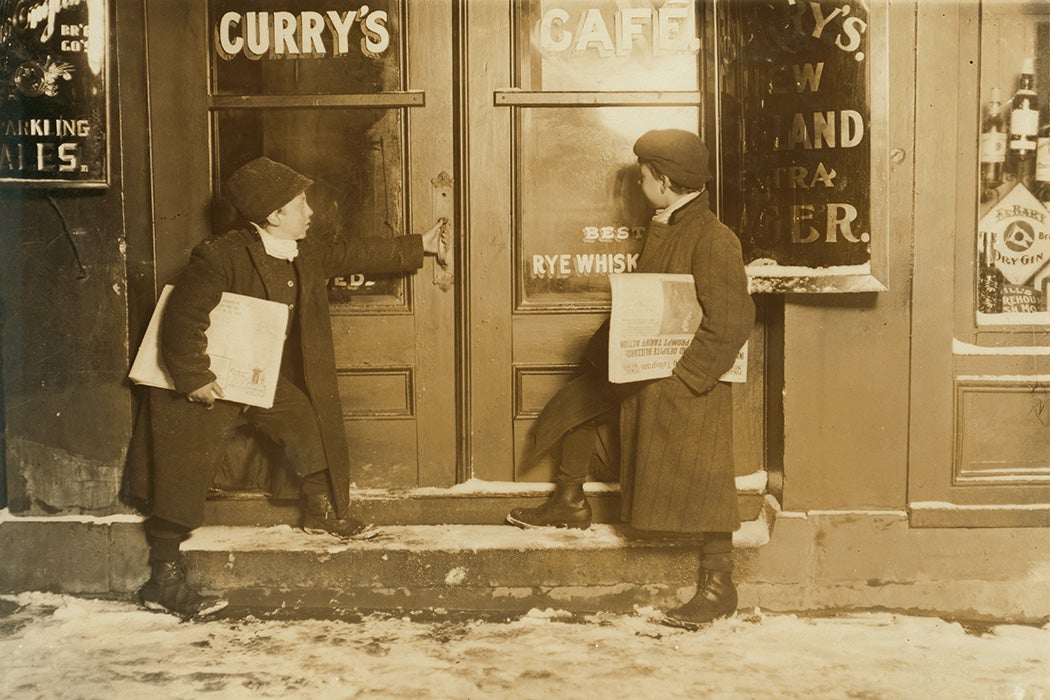Gender equality has advanced remarkably since the turn of the twentieth century, but it hasn’t always moved in a straight line. Historian Mara L. Keire describes one remarkable step backward for women’s autonomy, in nightlife scenes during World War I.
Keire trawled the collections of New York anti-vice associations, looking for the “most obscene conversations” that undercover investigators heard or participated in. “Like printed pornography, spoken crudities in saloons and dance halls revealed in bold strokes the opinions that people downplayed in polite society,” she writes.
Most turn-of-the-century downtown saloons had “family rooms” or “wine rooms” where women worked as bartenders and drank alongside men. That didn’t mean that these were venues for dates. The women who went to the bars were understood to be part of the “sporting world,” falling somewhere on the spectrum from being open to casual encounters to straightforwardly selling sex. Women often drank at a discount and might get a commission on drinks men bought. They might also use the upstairs rooms for sex work and split their earnings with the saloon owner.
The vice investigations during this period show that men and women swapped vulgar, and often unisex, insults. Women approached men as often as the reverse, and were often quick to attack the sexual adequacy of men who turned down their advances.
“Often drunk, frequently profane, and almost always disreputable, the sporting women who socialized and solicited in saloons were visible, vocal players integral to urban nightlife,” Keire writes.
And then, during World War I, the government targeted “disease-spreading women” as a threat to the troops. Sexually active women, whether they were selling sex or not, could be swept up in raids.
This changed the power dynamic within drinking establishments. The vice crackdowns meant that women might be arrested for approaching strange men, so they depended on male go-betweens like waiters, bartenders, and doormen to make connections. Now, the anti-vice investigations Keire follows no longer recorded negotiations between men and women but conversations between men about women. Waiters told customers which women were “charity girls” and which were professionals, and coached them on how to approach them. One undercover investigator described a doorman telling him that a particular woman “is a regular guy, is not out for the money but likes to go out for a good time and if you treat her right will go the limit.”
Weekly Newsletter
The kind of vulgarity the investigators described changed, too. Men began referring to women using slang terms for genitalia: If a woman wasn’t a “whore,” she might be “charity gash” or a “bleeder”—a term for sexual unavailability suggesting both menstruation and the exploitation of men. The language conveyed the way that their orientation toward women was no longer as sparring partners but as objects, a dynamic that continued as more women entered public spaces.
“The virulence of the wartime campaigns against sexually active women fostered an extreme misogyny that encouraged men to denigrate women they met in these places,” Keire writes.







